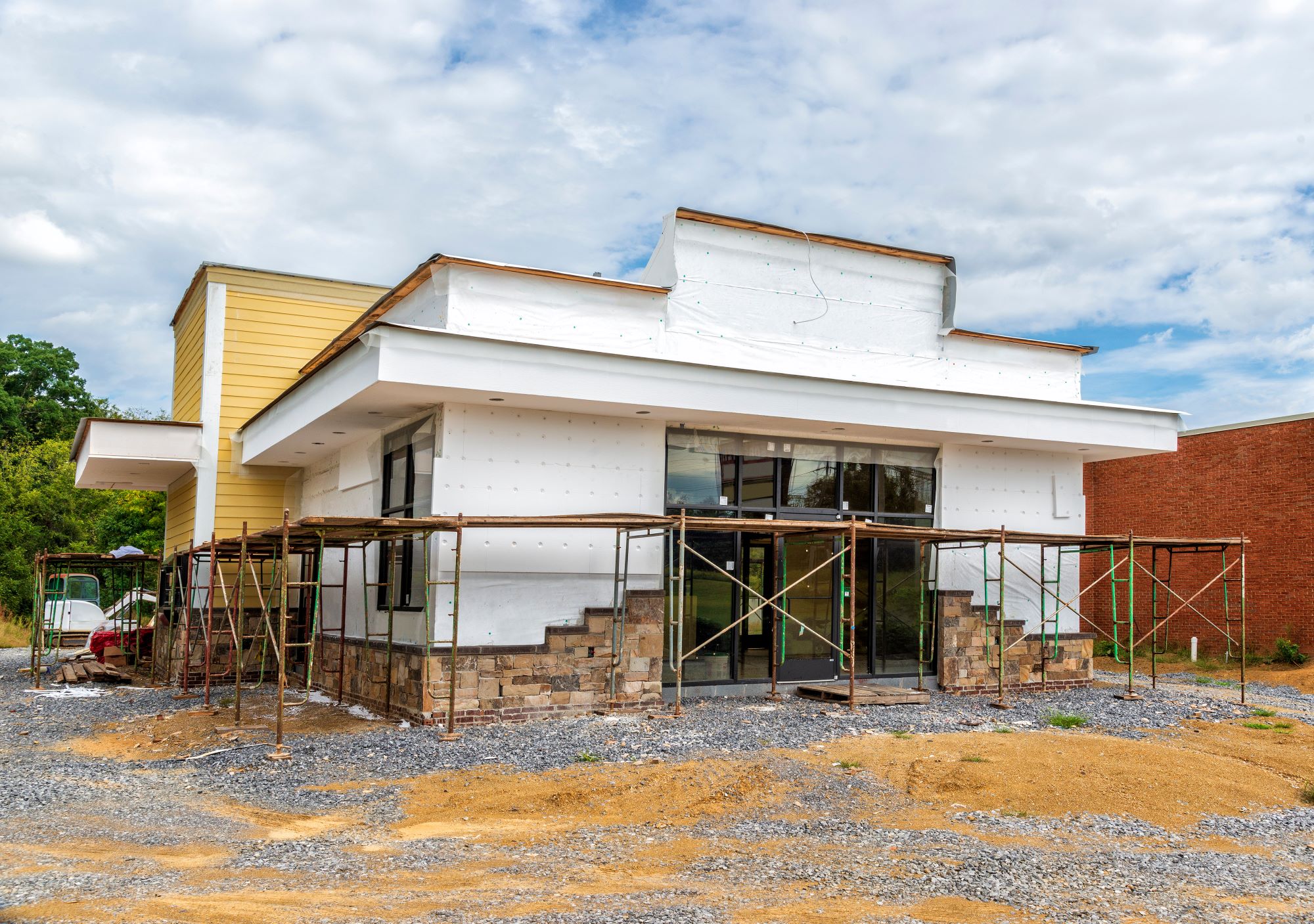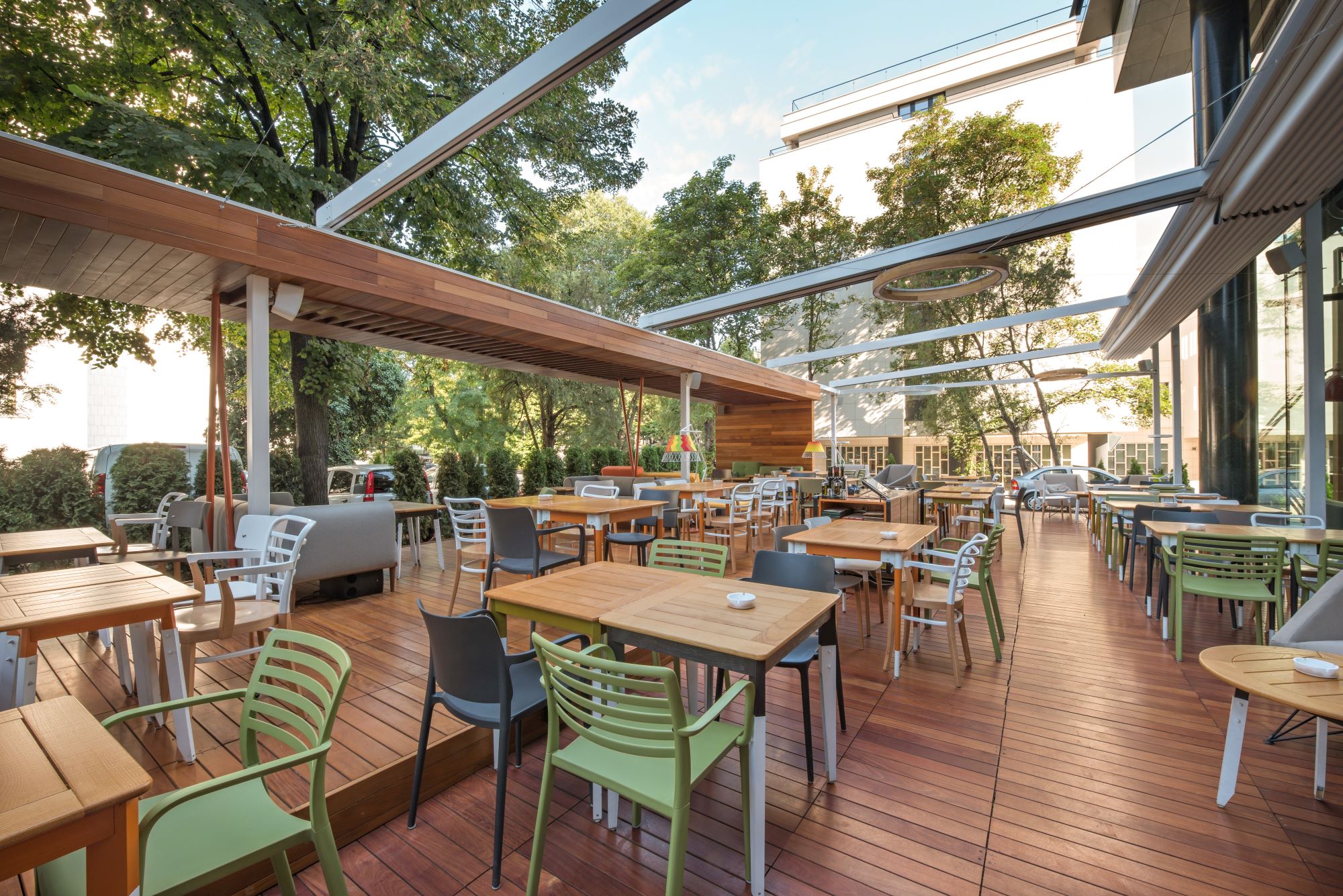Launching the journey of designing and building a restaurant requires careful planning, meticulous attention to detail, and a creative vision that will ignite your passion. By diving into the depths of this comprehensive guide, you’ll unlock the essential elements needed to craft the perfect dining establishment.
Whether you’re an experienced restaurateur seeking to elevate your culinary prowess or an aspiring entrepreneur with an appetite for success, prepare to gain valuable insights and practical tips that will bring your restaurant dream to life.
Commercial lighting for restaurants is an important consideration to pay attention to. It plays a significant role in enhancing the ambiance, highlighting architectural features, and creating an inviting vibe for guests. Incorporating innovative lighting solutions enhances your restaurant’s character, accentuates architectural elements, and creates a cozy space that leaves a lasting impression on your diners. With carefully curated lighting, you can seamlessly complement your overall design concept, transforming your restaurant into an unforgettable epicurean spot.
Embark on an exhilarating gastronomic adventure and unlock the essential elements to bring your restaurant vision to reality, crafting a dining experience that surpasses expectations. Discover the secrets behind designing and constructing a restaurant that captures the essence of excellence, where every detail harmoniously blends to create an extraordinary gourmet haven.
Let this guide lead you through the essential steps to pave the way to your dream restaurant. With each meticulous detail, you can create an outstanding culinary adventure for your guests.
1. Define Your Concept And Target Audience
Defining your concept and recognizing your target customer is a critical first step in creating the quintessential restaurant. Your theme sets the tone for the exquisite experience, encompassing the cuisine, ambiance, and overall motif. Take the time to brainstorm and refine your idea, considering factors such as the type of food you’ll offer, the atmosphere you want to create, and the unique elements that will make your restaurant stand out.
Once you have a clear concept in mind, it’s essential to identify your target demographic. Understanding your ideal target market will help you customize your restaurant’s offerings and marketing strategies to appeal to them. Consider their statistical profile, preferences, and dining habits. This knowledge will guide decisions related to menu creation, pricing, decor, and even marketing channels to ensure that your restaurant resonates with the right customers and meets their expectations.

2. Conduct Market Research And Competitive Analysis
Market research and competitive analysis are crucial to designing and building a restaurant. You can make informed decisions about your restaurant’s concept, offerings, and positioning by thoroughly understanding the industry dynamics, trends, and consumer preferences.
Analyze the local market to assess the demand for your type of cuisine and identify your ideal buyer persona. Additionally, study your competitors to understand their strengths, weaknesses, and unique selling points. This analysis will enable you to differentiate your restaurant and identify opportunities to stand out in a crowded market. You can use this information to refine your menu, pricing, branding, and marketing approach.
3. Create A Detailed Business Plan
A detailed restaurant business plan serves as a roadmap for your venture, outlining your goals, strategies, and financial projections. A well-crafted business plan helps you stay organized and demonstrates your vision and potential to investors or lenders.
Define your restaurant’s theme, customer segment, and competitive advantage. Outline your menu, pricing strategy, and marketing plan. Conduct a thorough analysis of your startup costs, operating expenses, and projected revenue to create a realistic financial forecast. Include contingency plans for potential challenges or changes in the market.
A comprehensive business plan also covers staffing requirements, operational procedures, and vendor relationships. It should outline your management structure, responsibilities, and legal and regulatory considerations.
4. Build A Functional And Efficient Layout
A functional and efficient layout is crucial for optimizing workflow and creating a seamless banquet experience in your restaurant. Consider the available space and strategically divide it into different zones, like the eating area, kitchen, bar, and restrooms. Plan the flow of guests and staff to ensure smooth movement and easy accessibility throughout the space.
Pay special attention to the kitchen layout, organizing workstations and equipment to facilitate efficient food preparation, cooking, and plating. Minimize unnecessary movement by positioning storage areas and dishwashing stations in convenient locations.
Arrange seating to accommodate different group sizes in the dining area while maintaining an intimate and comfortable atmosphere. Consider lighting, acoustics, and decor to enhance the ambiance and align with your restaurant’s concept. A well-designed layout improves operational efficiency and creates a positive customer meal experience.
5. Focus On Interior Design And Ambiance
Your restaurant’s interior design and ambiance are crucial in attracting customers and setting the tone for their banquet experience. Establish a cohesive design concept that reflects your brand identity, considering elements like color schemes, furniture styles, lighting fixtures, and decorative accents. Pay attention to furniture layout to ensure comfort and functionality for guests, incorporating both communal and private seating options.
Lighting is essential for creating the desired ambiance. Combine natural and artificial lighting sources to achieve a warm and inviting destination. Experiment with lighting techniques to highlight focal points and consider dimmable options for flexibility.
Additionally, consider incorporating texture, sound, and olfactory elements to enhance the overall ambiance. Choose appropriate background music and pleasant scents that complement the atmosphere, engaging your customers’ senses.
6. Select High-Quality And Suitable Furniture, Fixtures, And Equipment
Choosing high-quality furniture, fixtures, and equipment enhances guest comfort and overall functionality in your restaurant. Invest in durable, well-crafted furniture that aligns with your desired aesthetic and provides a comfortable meal experience. Consider factors such as seating capacity, materials, and ease of maintenance.
In addition to furniture, carefully choose fixtures and equipment like the HVAC and lighting fixtures that meet the specific needs of your restaurant. Choose reliable, energy-efficient options that enhance the ambiance and contribute to your establishments’ sustainability and smooth operations.
7. Plan The Kitchen Setup
The kitchen is the heart of your restaurant, and an efficient layout is essential for smooth operations. Consider the workflow, functionality, and safety aspects when determining the placement of workstations, cooking equipment, storage areas, and preparation spaces.
Optimize the kitchen layout to minimize unnecessary movements and ensure seamless coordination among the kitchen staff.
Additionally, carefully select and position high-quality equipment that aligns with your menu offerings and operational needs. A well-planned kitchen setup lays the foundation for a successful and seamless restaurant operation.
8. Hire A Reliable Construction And Project Management Team
Hiring a reliable team to execute your restaurant’s design and construction is crucial. The construction team will bring your dream to reality, ensuring precise and detailed design and layout creation. Look for experienced professionals with a track record of completing similar projects within budget and on schedule.
Equally important is having a skilled project manager who can oversee the construction process, coordinate different trades, and ensure effective communication between all parties involved. By entrusting your restaurant project to a reliable construction and project management team, you can know that your goal will be accomplished to the highest standards, resulting in a beautiful and successful restaurant.
9. Pre-Opening Preparations And Final Touches
During the pre-opening phase of your restaurant, it’s crucial to focus on meticulous preparations and adding the final touches that will make your establishment shine. These preparations include conducting thorough staff training to ensure excellent service, finalizing menu selections and pricing, and fine-tuning operational processes.
Pay attention to signage, decor, and branding to create a cohesive and inviting atmosphere. Test all equipment, systems, and procedures to ensure everything is in working order for a seamless opening.
Additionally, plan a soft opening or preview event to generate buzz and gather feedback before officially opening your doors. By carefully attending to pre-opening preparations and adding those final touches, you can ensure a smooth and successful launch for your restaurant.
Wrapping It Up
Designing and building the perfect restaurant requires a holistic approach. Embrace the journey of designing and building your dream restaurant armed with knowledge, insights, and practical tips in this comprehensive guide. May your epicurean adventure lead you to create a successful and memorable gastronomic hot spot that leaves a lasting impression on your guests.
